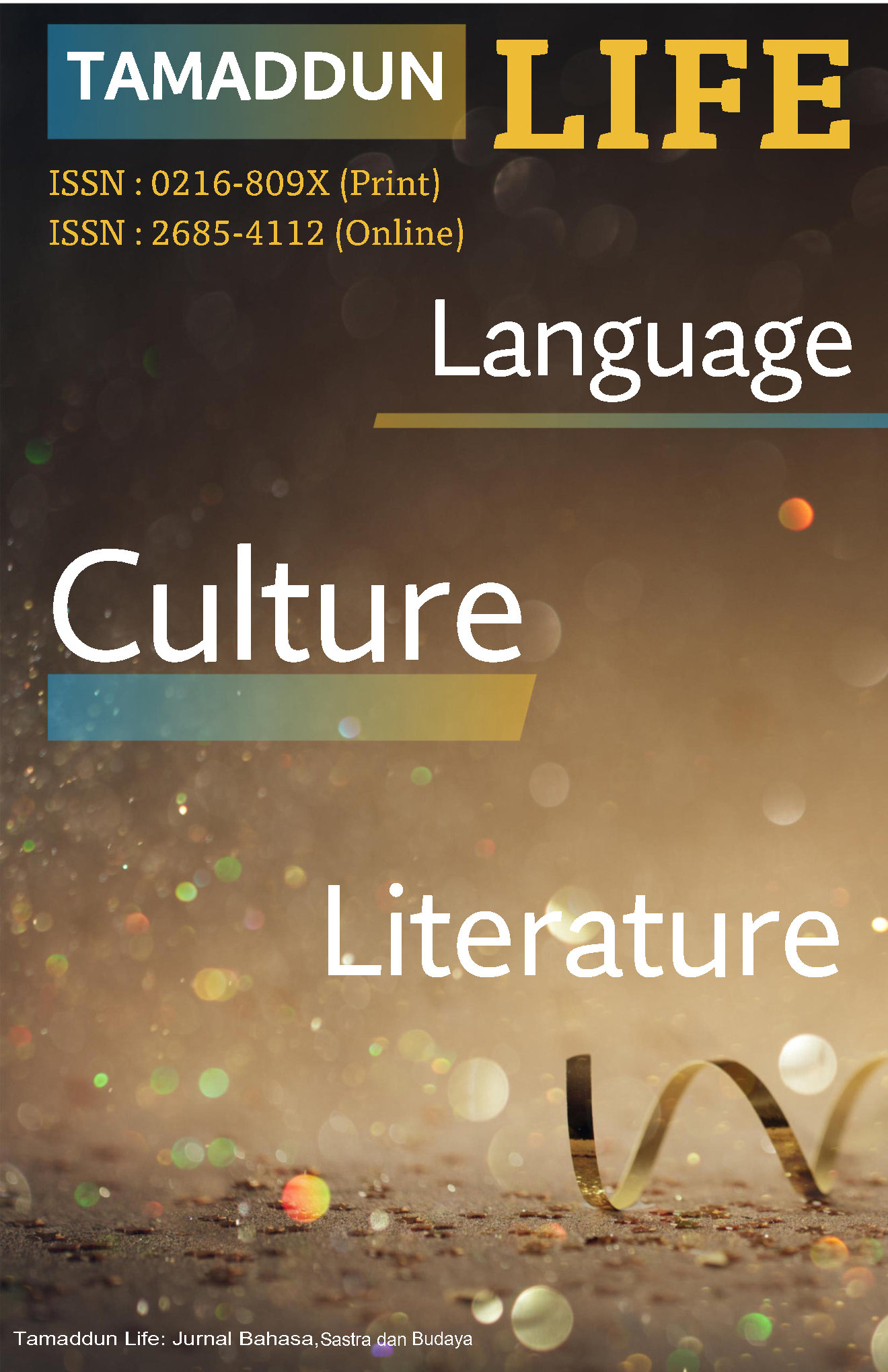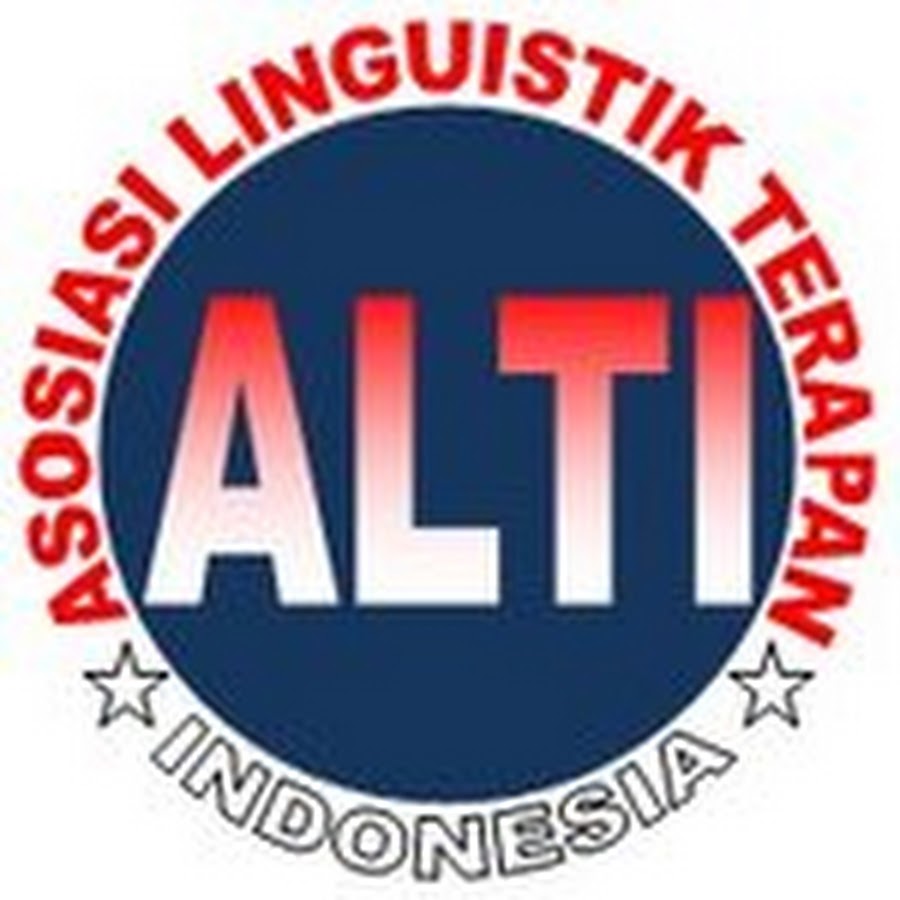‘Mujahadah’ as Moral Education for Students through Hermeneutic Transcendental of "Poison Tree" by William Blake's Poetry
DOI:
https://doi.org/10.33096/tamaddun.v24i1.960Keywords:
Mujahadah, hermeneutic transcendental, Poetry, akhlaq educationAbstract
A literary work of art has the power to directly influence people's thoughts simply by reading a single poem, such as William Blake's "Poison Tree. " The main focus of this study is to explore how any kind of poetry can offer people a way of life, moral education, and new experiences. This research is qualitative in nature and uses content analysis to examine William Blake's poem "Poison Tree. " Hermeneutics, which is often used in literary studies, is regarded as one of the oldest scientific methods and has roots dating back to the time of Plato. This study centers on interpreting the poem to identify the moral values it conveys, using transcendental hermeneutics in the context of the society 5. 0 era, and to explore the types of character education that can be gained. The findings reveal that 'Mujahadah' refers to a struggle against one's passions and the devil, involving a serious effort to overcome these inner conflicts. As stated in a hadith narrated by Bukhari and Muslim, a truly strong person is not one who is physically powerful, but someone who can control their desires even when angry. In the era of disruption brought about by the industrial revolution, transitioning towards society 5. 0, literary works like poetry through the use of internet information technology (IoT) and services (IoS), combined with persuasive spiritual cleansing, light, and wise character education.
References
Al-Ghazali. (1979). Ihya Ulumiddin [The revival of the religious sciences] (Z. Mustafa, Trans.). Bandung: Al-Maarif.
Al-Ghazali. (1898). Ihya' 'Ulum ad-Din (Vols. 1–4). Cairo: Al-Matba'a al-Azhariya. (UNESCO reprint, 2000)
Barthes, R. (1983). Mythologies (A. Lavers, Trans.). New York: Hill and Wang. (Original work published 1957)
Dong, Y., Liu, Y., & Zhang, W. (2020). Islamic character education and its relevance in contemporary educational systems. Tarqiyatuna: Jurnal Pendidikan Agama Islam dan Madrasah Ibtidaiyah, 3(2), 45–60.
Eagleton, T. (2006). Literary theory: An introduction (2nd ed.). Oxford: Blackwell.
Hoedi, P., & Wahyudi, S. (2018). Industri 4.0: Telaah klasifikasi aspek dan arah perkembangan riset. J@ti Undip: Jurnal Teknik Industri, 13(1), 1–18.
Hirsch, E. D., Jr. (1967). Validity in interpretation. New Haven, CT: Yale University Press.
Jannah, H. (2018). English poetry for advanced level and who love it. Yogyakarta: Phoenix Publisher.
Juhl, P. D. (1980). Interpretation: An essay in the philosophy of literary criticism. Princeton, NJ: Princeton University Press.
Kutha, N. R. (2004). Metode penelitian sastra. Yogyakarta: Pustaka Pelajar.
Lafer, S., & Tarman, B. (2019). Editorial. Journal of Culture and Values in Education, 2(1), i–v. https://cultureandvalues.org/index.php/JCV/article/view/34
Leifeld, M. A. (2005). Character education development using literature and discussions. Unpublished master’s thesis, Regis University.
Kosim, N. (2024). Pemikiran pendidikan Imam Al-Ghazali dan relevansinya dalam sistem pendidikan Islam kontemporer. Tarqiyatuna: Jurnal Pendidikan Agama Islam dan Madrasah Ibtidaiyah, 3(2), 91–103.
Machdar, S. (2024). Pemikiran pendidikan Imam Al-Ghazali dan relevansinya dalam sistem pendidikan Islam kontemporer. Tarqiyatuna: Jurnal Pendidikan Agama Islam dan Madrasah Ibtidaiyah, 3(2), 1–20.
Marhijianto, K., & Zahri, M. (1996). Mengatasi rintangan beribadah. Surabaya: Tiga Dua Press.
Mustakim, A., & Salman, A. (2019). Akhlaq education and Indonesia’s national vision. Jurnal Pendidikan Karakter, 9(2), 231–248.
Nasir, M. (2017). Memandang revolusi industri: Dialog pendidikan karakter di perguruan tinggi Indonesia. Jakarta: Direktorat Jenderal Pembelajaran dan Kemahasiswaan, Kemenristekdikti.
Sumaryono, E. (1999). Hermeneutik: Sebuah metode filsafat. Yogyakarta: Kanisius.
UNESCO. (2000). Ihya’ ‘Ulum ad-Din: The revival of religious sciences by Al-Ghazali (Reprint ed.). Paris: UNESCO Publishing.
Vedenbreght, J. (1983). The origins of content analysis and its development. In Studies in communication (pp. 66–68). New York: Academic Press.
Walker, D. (2020). Teaching moral reasoning through literature: An Islamic perspective. Journal of Moral Education, 49(4), 451–465. https://doi.org/10.1080/03057240.2020.1718271
Downloads
Published
Issue
Section
License
Copyright (c) 2025 Abdollah Abdollah, Sulastri, Ratnawati, Sri, Mujaddidah

This work is licensed under a Creative Commons Attribution 4.0 International License.
Authors who publish with Tamaddun journal agree to the following terms:
1. Authors retain the copyright and grant Tamaddun the right of first publication. The work will be licensed under a Creative Commons Attribution License (CC BY 4.0), which permits others to share the work with proper acknowledgment of the authorship and initial publication in this journal.
2. Authors may enter into additional non-exclusive agreements for the distribution of the published version of their work (e.g., posting it to an institutional repository or including it in a book), provided that the initial publication in this journal is acknowledged.
3. Authors are encouraged to post their work online (e.g., in institutional repositories or on their personal websites) before and during the submission process. This can lead to productive exchanges and increase the visibility and citation of the published work.






